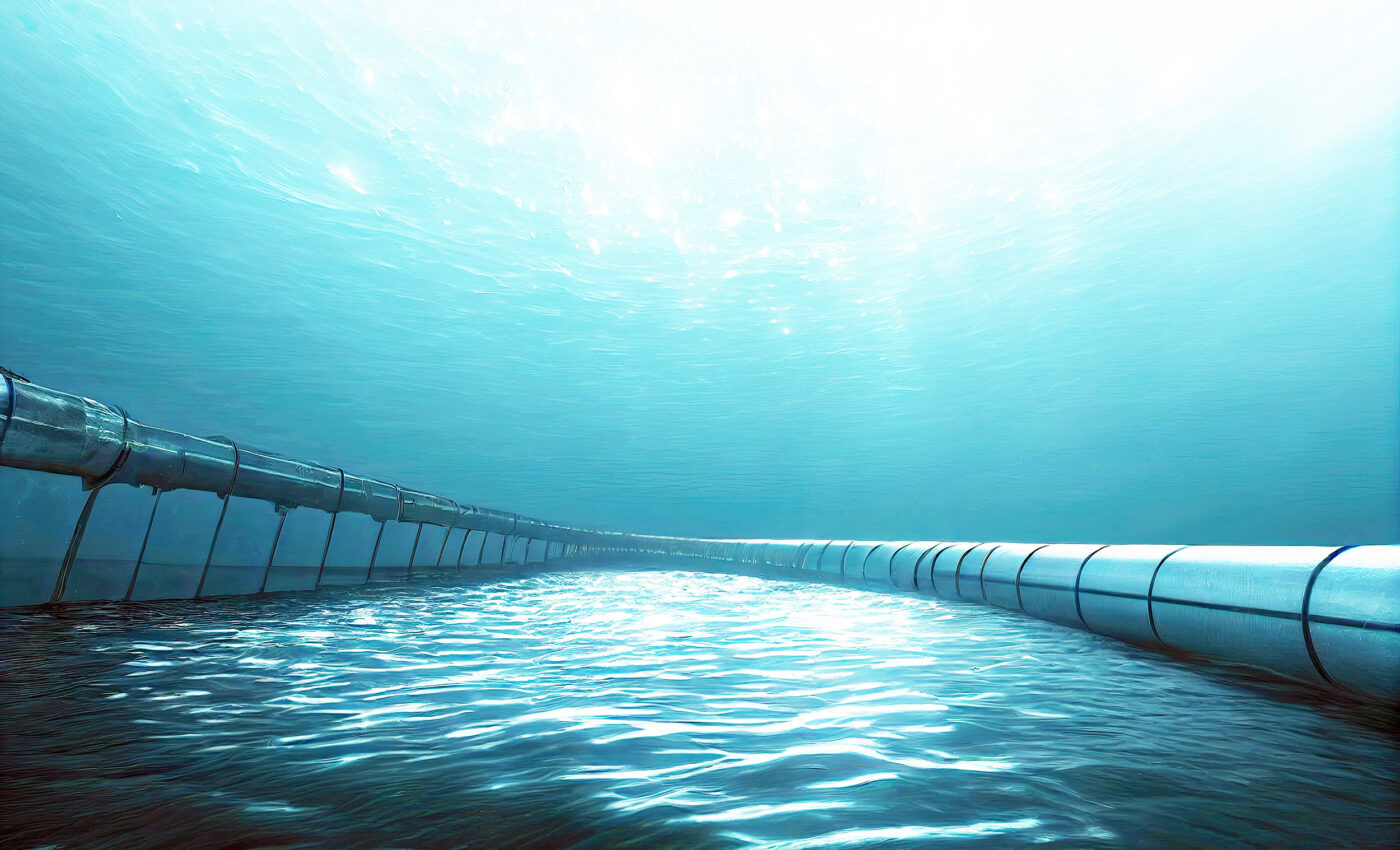
Large methane leaks discovered in the Baltic Sea
Swedish researchers from Stockholm University and Linne University have unveiled a startling discovery of vast methane leaks erupting from the seabed of the Baltic Sea. This revelation has caused renewed scrutiny in environmental circles and prompted deeper investigation into the underlying causes and potential ramifications.
The scientists stumbled upon methane bubbles escalating up to 370 meters in a delimited area of 20 square kilometers off the southeastern coast of Sweden. This discovery illustrates a phenomenon unseen in the ongoing study of underwater ecosystems and methane emissions.
Intense and intact bubbles
Christian Stranne, a notable member of the research team from Stockholm University, in an official statement, emphasized the uniqueness of the methane leak conditions. He noted that the oxygen-free waters of the Baltic Sea might facilitate the intact rise of the bubbles to the surface.
Stranne voiced his astonishment over witnessing intense bubbles originating from such unprecedented depths, stating, “We know that methane gas can bubble up from shallow seabeds near the Baltic Sea coast, but I’ve never seen such intense bubbles before – and definitely not from such a deep area.”
More Baltic Sea methane leaks suspected
This discovery suggests the potential presence of similar methane leaks in different regions of the Baltic Sea, due to the atypical levels of methane discovered. The unusual conditions have spurred the team into further exploratory and analytical endeavors to unravel the mystery behind the high methane levels in the area.
Marcelo Ketzer, the project leader and a professor of environmental science at Linne University, echoed Stranne’s concerns and insights. He underscored the current lack of comprehensive knowledge about the factors influencing methane production in deeper regions and the trajectory of the released methane. Ketzer also stressed the urgent need for understanding the dynamics at play in these deeper realms of the Baltic Sea.
Possible link to the Nord Stream Pipeline
This instance of methane leak aligns temporally with the ruptures in the Nord Stream Pipeline under the Baltic Sea reported a year prior, considered by the United Nations Environment Programme (UNEP) to be the largest single release of methane ever recorded.
Last September, the pipeline, pivotal for the transport of natural gas from Germany to Russia, suffered extensive damage due to sudden underwater explosions, leading to unanticipated and significant methane emissions.
This revelation fuels speculation and concerns over environmental safety and integrity, highlighting the necessity for meticulous analysis and research to comprehend the production, release, and impact of methane from the seabed.
The increased scrutiny and extensive research spurred by this discovery will be paramount in understanding the environmental and ecological implications of methane leaks, and in developing strategies to monitor and mitigate any detrimental impacts on marine ecosystems and climate.
The concerted efforts by the research teams at Stockholm and Linne Universities to probe deeper into this phenomenon will play a crucial role in shaping our understanding of the methane cycle in the Baltic Sea and potentially in other similar ecosystems globally. The revelations and insights gleaned from their ongoing research will be instrumental in advancing scientific knowledge and environmental conservation initiatives.
—
Like what you read? Subscribe to our newsletter for engaging articles, exclusive content, and the latest updates.
—
Check us out on EarthSnap, a free app brought to you by Eric Ralls and Earth.com.













